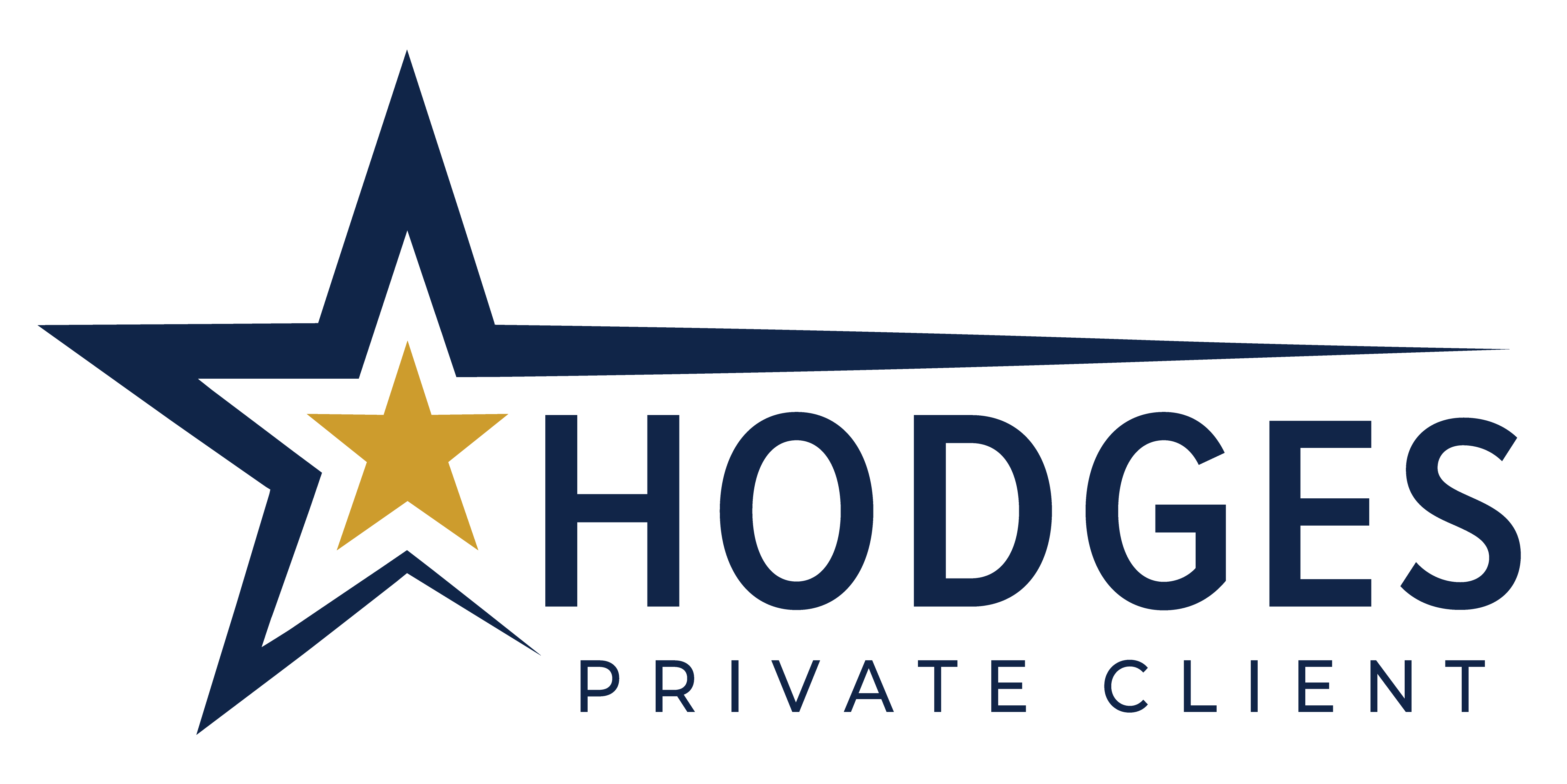Everything You Need to Know About Retirement Income Planning
by Hodges Private Client Team, on Aug 4, 2021
Those of you inching closer to retirement are probably wondering how your golden years will work from a financial standpoint. This is a natural curiosity, as you will one day need to replicate your income from your savings and other sources. While this might sound like a daunting task, it’s actually pretty simple to illustrate. I think that the advisory and planning industry provides too much detail around the topic and it might be explained in a way that is confusing or downright scary. I’ll attempt to alleviate those feelings as we walk through a simple example.
Most of you probably have a good handle on your income sources and expenses. The goal now is to figure out your known sources of income. Typical sources:
- Social Security
- Employer Pension
- Rental Property
These are all hypothetical numbers for illustrative purposes
| Social Security (spouses combined): | $4,000 mo……………$48,000 yr |
| Pension: | $5,000 mo……………..$60,000 yr |
| Rental Property (net of expenses): | $1,500 mo……………..$18,000 yr |
| Sub-Total: | $10,500 mo…………….$126,000 yr |
Now, let’s add-in the effects of $1,000,000 in investible money from all accounts. Let’s assume that the income producing stocks and bonds in the portfolio throws off 2.5% per year.
Then we need to figure out variable income from all your investment accounts; IRAs, Individual Accounts, Joint Accounts, 401ks, etc. These accounts will be invested and will be throwing off income from the investments you own, plus appreciation (over time). This income can be added to all of your known sources, and voila, you have your retirement income plan. To give you more peace of mind, let’s plug in some numbers:
$1,000,000 @ 2.5%.............................................................$25,000
Total……………………………………………………………..………………$151,000*
“This is all well and good, but I need more income.” I get this request pretty often, so there’s more that one can harvest from their investment accounts to get that extra income. Let’s use the same example as the couple with the $1million in investible accounts. Let’s say they need $50,000 per year (5%) from the aggregate of all their accounts. Well, as shown above, half of it (2.5%) is already coming in from dividends and bond coupons, so where does the other 2.5% come from. The answer is the appreciation of the portfolio. That’s right, at the end of the day you are indifferent from getting $50,000 a year in dividends vs. selling $50,000 worth of your investments.** It’s all just money! This is a concept called total return. It’s your investment income + the appreciation over time.
You might be saying to yourself, “Well, that seems like I’m digging into principal, and I am not comfortable with that”. I get this question by virtually every client, and here’s my simple answer. As long as your total return, over time, is in excess of your withdrawals, your principal will continue to grow over time.
The next natural question (and I’ll spare you from having to ask) is how does this work in a recession and a bear market? It’s a fair question and one that deserves an answer. Given that the duration of market cycles can vary, and trying to predict the next big downturn is a fool’s errand, it’s always good to have a cash cushion that makes a person comfortable. Perhaps 1-2 years’ worth of cash needs should be kept in a money market? When the market takes that big dip, you can now draw from your cushion without having to sell anything during the down period. Once the market comes back, you replenish the cash you have taken out by selectively selling when things have rebounded. The specifics of how your portfolio should be allocated is an exercise that all clients should have with their advisor.
A quick note on financial planning:
The essence of a plan is showing a person how to get income by pulling various levers at various times. There really isn’t much more to it than that. Where the artistry comes into play is helping a client figure out when it’s best to pull each lever. For example, should I take social security as early as I can or should I defer? Should I start taking distributions from my IRA now, or wait until age 72 when the Required Minimum Distribution kicks in?
All of these variables can be worked out when talking to a client and running scenarios. Sure, there could always be some one-offs along the way. Perhaps you want to sell a rental property, or you might be getting an inheritance. All of these can be accounted for and baked into your income plan when they occur. Again, putting together the plan is not the hard part, but it’s the execution of the plan by your advisor that is the hardest part.
You might need your portfolio to deliver income over a 20-30 year horizon, and in those multiple decades there will be some crazy times in the market where a seasoned investment manager can truly add value. It might behoove a person to look for the most qualified manager first, then figure out the income plan, not the reverse. Why? Some advisors lead with the financial planning angle as the most important part, build you the plan, and then try to sell you products for the plan or outsource the management to a third party. They might be great with numbers and spreadsheets, but can they manage money in an ever-changing market? This is one of the most important questions you need to ask yourself while you’re evaluating an advisor.
Everybody Has a Plan Until They Get Punched in the Mouth-Mike Tyson
*This is a pre-tax amount
**There could be different tax treatments for IRA withdrawals, dividend payments, and capital gains.
Hodges Capital Management, Inc. is a Federally Registered Investment Advisory Firm registered with the SEC. The above discussion is not intended to be a forecast of future events, a guarantee of future results, and should not be considered a recommendation to buy or sell any security. Past performance is not indicative of future results. Investing involves risk. Principal loss is possible. Investing in smaller companies involves additional risks such as limited liquidity and greater volatility. No current or prospective client should assume that information referenced in this communication is a recommendation to buy or sell any security. Different types of investments involve varying degrees of risk. No client or prospective client should assume that any information provided is a substitute for personalized individual advice from the adviser or any other investment professional. This document was created for informational purposes only and the opinions expressed are solely those of Hodges Capital Management, Inc.
All data and information reference herein are from sources believed to be reliable. Any opinions, news, research, analyses, prices, or other information contained in this research is provided as general market commentary, it does not constitute investment advice. Hodges Capital Management shall not in any way be liable for claims and make no expressed or implied representations or warranties as to the accuracy or completeness of the data and other information, or for statements or errors contained in or omissions from the obtained data and information referenced herein. The data and information are provided as of the date referenced. Such data and information are subject to change without notice.






